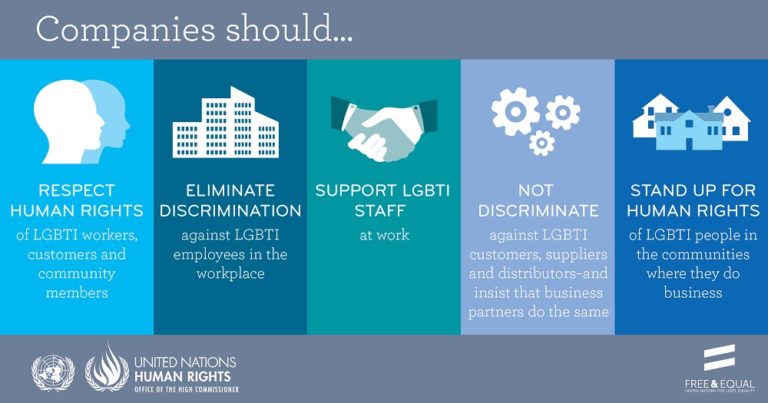Work in business long enough and you begin to see trends emerging before they become news. One that’s caught our eye at Xerox: The spread of the operations mindset and discipline across the face of the corporation.
Operations, with its focus on quality, cost and efficiency, has always been important in manufacturing. But now, operations roles are popping up everywhere – such as marketing, sales, or customer service.
This offers vast potential at a time when the impact of new technology has bottomed out, and everyone is looking for ways to work better.
New Ops Roles
“Our business is about technology, yes. But it’s also about operations and customer relationships.” – Michael Dell
Spanning numerous territories, operations retains a common core, including:
- Process evaluation and design.
- Performance metrics.
- Business continuity planning.
- Workflow improvement.
- Root cause analysis.
- Data management and integration.
- Change management.
When we look at these fundamental tasks it’s easy to see why they’re growing in importance across many different departments. So why was ops traditionally a separate branch? And why is it now becoming integrated?
Operations Planning Software
Operations planning used to be much more difficult to do. So the practitioners of it gathered together in the hardened bunkers of centralized groups, with a relatively narrow brief.
We now have virtual toolkits to make ops easier and faster. Decentralization naturally flows from that, bringing important efficiencies with it — when done right.
“The first rule of any technology used in a business is that automation applied to an efficient operation will magnify the efficiency. The second is that automation applied to an inefficient operation will magnify the inefficiency.” – Bill Gates
As business engineers, we at Xerox take a keen interest in that efficiency. (Take a look at our piece on The Engineer’s Mindset.)
Nissan in the Aftermath
The Nissan Motor Company displayed one of the best examples of operational efficiency on record in the aftermath of the 2011 earthquake, one of the five most powerful ever recorded. The resulting tsunami sent waves 40 meters high as far as ten kilometers inland. Meltdowns occurred at the three nuclear reactors at Fukushima. The loss of life was catastrophic.
The Nissan operations team had published its earthquake plan the year before disaster struck. In a mere 15 minutes after the quake, the company established a Global Disaster Control Headquarters and a Recovery Committee. Headed by the chief operating officer, Toshiyuki Shiga, the committee evaluated the impact and began to oversee the resumption of activities by:
- Sharing information: They brought two managers in from each of their global regions to Japan, integrating them into the response process and problem solving.
- Allocating supply: Leaders re-planned based on the new capacity constraints. For example, GPS units were in short supply so they were routed away from the lower-end models, in favor of the higher end cars where customers would expect them.
- Managing to the reality: The company slowed production in a targeted way, factoring in shipping times and units in transit.
- Empowering action: They gave greater decision-making abilities to managers in the field to speed normalization and recovery.
As a result of lessons learned in the crisis, Nissan has since enhanced its business continuity plan and worked to further decentralize its supply chain.
Operations and Flow
Disruptions in workflow need not be as dramatic as a tsunami to wreak havoc in an enterprise or in a department. We’ve identified three factors that work against flow: Friction, Noise, and Drag. These factors are common in all organizations. The good ones continually seek to minimize them.
Flow isn’t just a nice feeling to have, it’s what gives companies an edge over competitors. It’s our mission to help you find that flow, so we’ve written a mini eBook on the subject.
Read our eBook, Three Flow Killers for more information. You will learn:
- The flow dividend — what it can do for your business.
- What happens when flow dies.
- Three flow killers to avoid like the plague.
- How to find your flow – and keep it.
Good workflow analysis capability is a common feature of the operations discipline and of operations software. Forward-thinking organizations take advantage of that, and do post-cycle retrospective analysis. They’ll find incremental ways to improve.
Change Management
“Even if you are on the right track, you’ll get run over if you just sit there.” – Will Rogers
To find those small process improvements, the best operations pros enlist the people who use the process. They know best. Very often, those improvements will involve a simplification and a reduction in the number of steps.
“Perfection is not when there is no more to add, but no more to take away.” – Antoine de Saint-Exupery
And when the stakeholders have a forum for being heard and a forum for architecting improvements, they become vested in the process. Change management is no longer like chore. You become one team, heading in the same direction, together.
The Secret Ingredient?
Whenever you see a department that’s firing on all cylinders; or a process that zings along effortlessly; or a team that bounces back from adversity – there’s likely to be a top-rate operations person behind the scenes.
We welcome the evolving operations roles as an important, positive trend. Decentralizing ops functionality also decentralizes the tasks such as metrics that matter for each individual group. The potential is there to encourage a healthy competition between divisions to each improve their processes in effective, measurable ways.
And if each section of the choir gets better — the group as a whole is going to make beautiful music together.
Subscribe to this blog and receive email updates when we publish a new article.




I have done live chat and it is a lot less stressful in dealing with Customer relations and I would be interested in a career in this field if there is one available with Xerox Corporation, you can reach me via e-mail and I would love to talk or chat more about this.
Thank you
Sandra Bell
Hi Sandra:
I’m so glad that you want to join us. The best way to find Xerox jobs is to go to http://www.xerox.com/jobs. Register there, and apply for any job that interests you. In addition, be sure to setup an alert so that you will be notified any time a new job that matches your interests is posted.
Good luck!
Greg
[…] L’article original a été initialement publié sur le blog Simplify Work […]
[…] Operations: We Sing to the Unsung Hero […]